

29th May 2008
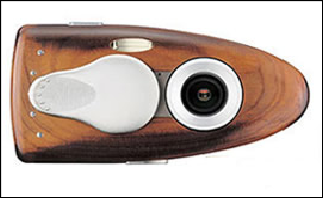
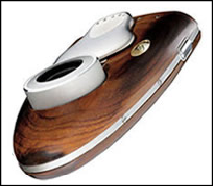
“Compressed
wood - harder than polycarbonate”
Olympus
wood -
Olympus

Help with your project topics – IF IN DOUBT ASK !

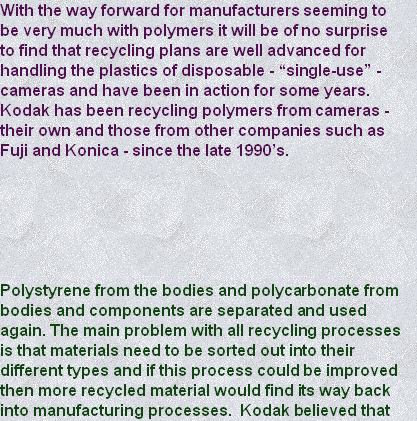

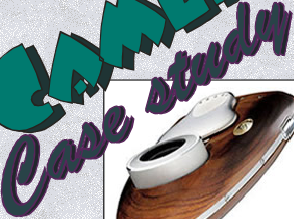
In 2006 Olympus unveiled what might seem to be a rather alarming ‘retro’ development in modern ergonomically shaped cameras - they announced they had developed a wooden camera body ! This followed the development of a three-dimensional compression moulding process for wooden materials. Their new process drew on Olympus’s undoubted expertise in precision metal-forming technologies and the processed wooden material had the feel and grain pattern of natural wood. It was however much altered in being a compressed material and was much harder than engineering plastics such as ABS and polycarbonate resins. This ‘new wood’ would be strong enough to be used to create the outer casings of many other electronic products. According to Olympus, the material can enhance the aesthetic value and pleasure of ownership that those products provide.
A prototype example of a camera case created using this new technology was exhibited at the ‘Photokina 2006’, the main photographic trade fair that is always held in Cologne, Germany.
A prototype example of a camera case created using this new technology was exhibited at the ‘Photokina 2006’, the main photographic trade fair that is always held in Cologne, Germany.
about 65% of their materials were effectively recycled in this initiative relating to ‘single-use’ cameras and with a recycling rate at this level the initial feeling that ‘one-use’ cameras were environmentally unfriendly might be worthy of a little reconsidered thought ???
Construction and Durability
As long ago as 2000, Canon camera manufacturers created a hybrid chassis that formed the core of their EOS camera - made from diecast aluminum & surrounded by reinforced polycarbonate. This design was all-metal from the stainless steel lens mount to the film plane. Also, for the first time in any EOS model, the camera was constructed with an all-metal cover. This utilised an advanced manufacturing process called thixotropic moulding ( TXM )- and designers were able to combine an elegant shape with the light weight, durability and rigidity of magnesium alloy.
As a result of these improvements, the design became the strongest camera body in the history of the line. The EOS-1v was also the most weather-resistant camera in the range, with 72 different ‘gaskets’ or weatherproofed fittings. In addition, O-ring seals protected the lens mount fand the back cover of the camera, as well as water-resistant construction in the battery compartment, made the camera useful even in severe-weather.
So modern camera bodies are usually made of plastic or a composite material construction while older cameras are made of die-cast metal alloy.
Plastic cameras are easier and more economical to manufacture than metal body cameras. Camera designers obviously prefer plastic as they can be moulded into any shape and so designs are no longer restricted by the traditional angular box-like look. Plastic cameras also appear less hard edged,
feel warmer, softer and lighter -
- ergonomically better.
Construction and Durability
As long ago as 2000, Canon camera manufacturers created a hybrid chassis that formed the core of their EOS camera -
As a result of these improvements, the design became the strongest camera body in the history of the line. The EOS-
So modern camera bodies are usually made of plastic or a composite material construction while older cameras are made of die-
Plastic cameras are easier and more economical to manufacture than metal body cameras. Camera designers obviously prefer plastic as they can be moulded into any shape and so designs are no longer restricted by the traditional angular box-
feel warmer, softer and lighter -
-
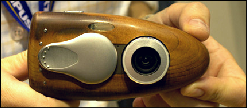
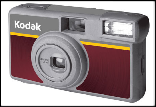

# 7 of 12 pages
